The Ayahuasca ceremony in Peru consists of the consecration of an Amazonian plant revered in Andean culture for its ability to purify the mind and spirit. It is one of the most sought-after mystical experiences.
In recent years, travel to the Andes for spiritual retreats using Ayahuasca has become popular, especially in the city of Cuzco and in the heart of the Peruvian Amazon; travelers from all over the world come to search for the unconscious through this practice of connection with nature to alleviate their physical and mental pain.
In the ancient capital of the Inca Empire, we find the deepest ancestral roots of Andean spirituality. Cusco has a millenary cultural legacy, a mysterious aura that permeates between the mystical and the sacred and that you will quickly recognize in every corner of the city.
Walking the “little streets,” you will experience a spiritual journey, visiting sacred sites and breathtaking landscapes that combine adventure and history with unique esoteric encounters. Among the many options on offer, you will find numerous rituals and healing ceremonies. But be careful: choose the most appropriate and serious ones.
Prepare yourself for an unimaginable adventure in Peruvian lands. Most of the mystical and esoteric routes are in the Andes, where the unique energy of the sacred sites complements this transformative journey. Are you ready to experience it all?
The Meaning of the Word Ayahuasca
The word Ayahuasca is of indigenous origin. “Aya” means “dead person, soul, spirit,” and “waska” means “rope, vine, liana, or wine.” Thus, the translation would be like “rope of the dead” or “liana of the dead.” In Peru, another meaning has been found: “rope of the dead.”
What is it?
Ayahuasca is a tea obtained by extracting substances from two plants in the Amazon rainforest: a vine and a shrub. It is commonly found in the territories of Colombia, Peru, Bolivia, Brazil, and the Guianas.
Ayahuasca is highly revered by indigenous tribes and shamans from the Andean regions. It is regarded as a spirit and a sacred and ancestral healing ritual. This infusion, made from a “Liana of the Dead,” has been used for over 5,000 years for individual and collective healing. It allows one to enter altered states of consciousness and gain new perspectives on life.
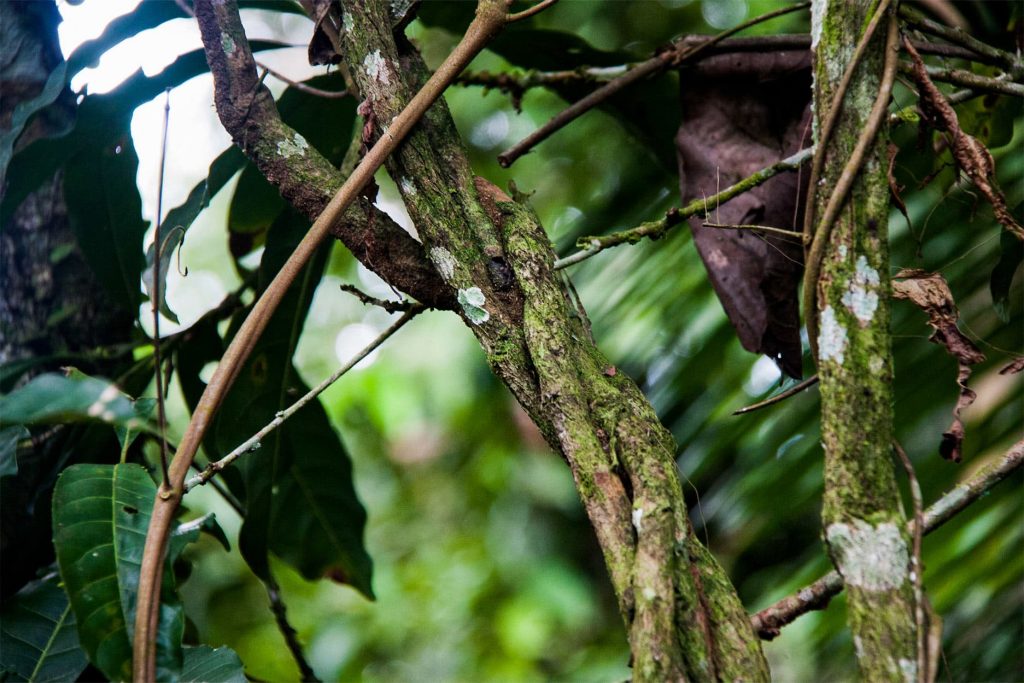
Its Components and Preparation Rituals
The action of Ayahuasca tea is due to the presence of alkaloids found in the plants used in its preparation: the infusion of the vine Banisteriopsis caapi (which contains natural chemical compounds similar to DMT) and the leaves of the shrub Psychotria viridis, known as Chacrona leaves (which allow the metabolism of Ayahuasca in the body).
According to tradition, these two plants must be collected during the full moon or at dawn. Additionally, the person collecting them must be fasting. Approximately ten kilos of Ayahuasca are needed to prepare the infusion. For this, the Ayahuasca vine is crushed to facilitate cooking. Then, one kilo of Chacrona is added. Depending on the shaman, the mixture may include tobacco and coca leaves.
One studied way to prepare the drink includes a 12-hour boiling in about 50 liters of water. It is prepared accompanied by shamanic chants known in the Amazon as Ícaros. Tobacco puffs are also included, while specific intentions are requested. Both the songs and the intentions are invocations to the spirit of Ayahuasca. The 50 liters of the initial preparation are reduced to just 2 liters of extract. The result is a viscous liquid with a reddish-ochre color. This is one of the many ways to prepare Ayahuasca, but it depends on the shaman and their traditional methods.
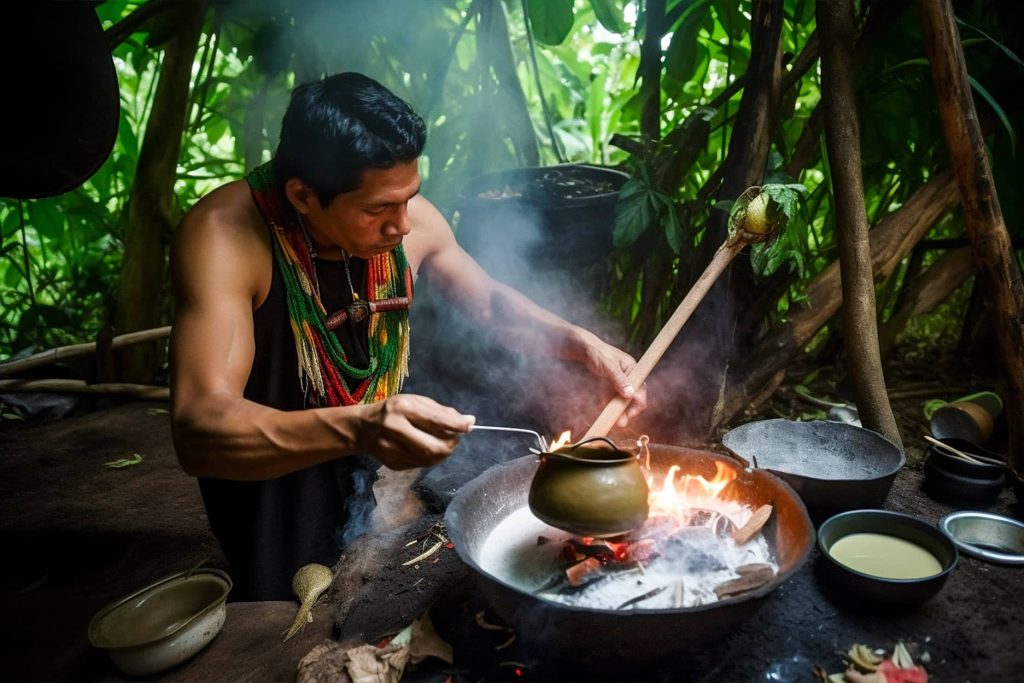
Effects
The Ayahuasca tea has psychedelic effects for those who consume it, such as altered thinking, loss of the sense of time, and emotions that can be pretty difficult to handle, in addition to enduring hallucinations, seeing and hearing what does not exist in the real world. Shamans consider these symptoms as signs of purification of the body. “During this time, you enter into a deep connection with your psyche, exploring ancient memories and finding space for healing and forgiveness,” they say.
From a toxicological perspective, the use of tea can bring harmful effects to the body, such as dehydration due to nausea, vomiting, and diarrhea commonly reported, as well as serotonin syndrome, the latter being the most severe consequence of its use.
These actions can cause more severe effects on the body, requiring greater attention from healthcare professionals to promote studies that allow for the religious use of the tea without causing further biological damage. Users need Greater awareness of these substances’ potential toxic effects.
The Experience
The setting is cinematic: guided by the imposing and exotic presence of a shaman, participants find themselves enveloped in an atmosphere of chants and prayers. To attract good energies, the characteristic aroma of the wooden pipe is added. Surrounded by exotic Andean nature, all gathered in circles prepare to consume the sacred liquid. From that moment on, a profound journey of self-knowledge and self-healing begins, lasting for hours or even days, depending on the ceremony.
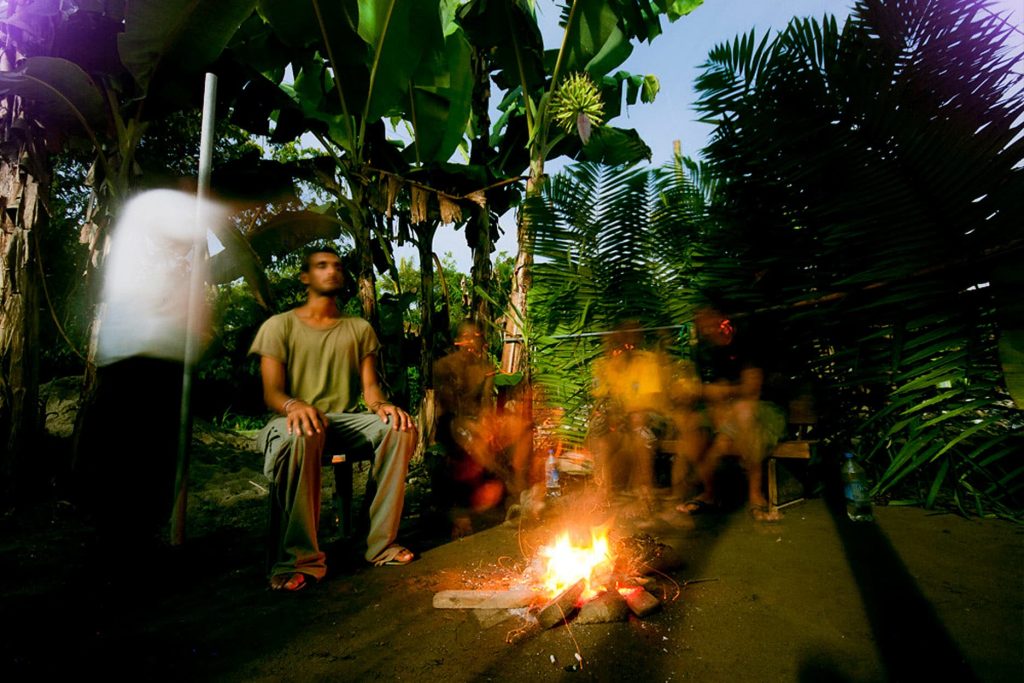
Ayahuasca is Not for Everyone
However, don’t be mistaken. This is not a movie; it is your real life. By consuming Ayahuasca, you expose yourself to physical and mental reactions that can sometimes become serious complications. Therefore, before even thinking about participating in the ceremony, you must thoroughly research the topic from your home country, as well as clinically evaluate your health status to ensure that this substance does not cause you serious harm, especially at a high altitude like Cusco’s: 3,399 meters above sea level.
In any case, remember that the first two or three days of your stay in Cusco should be reserved for acclimatization, and you should not participate in the experience during that time.
Ayahuasca is Not a Business: It Is a Sacred Healing Ritual
The ritual involving the consumption of Ayahuasca is not a tourist attraction, nor should the tea be considered a business. Ayahuasca is not a recreational drug. It is not something to get high and enjoy the moment or a magic pill that will solve your problems. Do not be deceived by those who try to profane the sacred.
The shamans and Amazonian communities have the good intention of helping the patient through a sacred healing ritual. Any other purpose of use is considered an insult.
The recommendation is always to seek severe and safe means to enjoy the consecration of Ayahuasca in Cusco. This ancient ritual must be guided by a shaman, a native master from the Amazon with many years of experience in preparing this drink and leading the ritual; an experience passed down from generation to generation within the indigenous Amazonian communities. Only a native Amazonian master can safely conduct this type of ritual.
What to Expect from Ayahuasca?
“An amplification of your state of consciousness. It is an experience that can result in an extraordinary encounter with your ‘self,’ an identification of what was previously hidden. A rediscovery of yourself. During the experience, there is no dissolution or loss of consciousness. On the contrary, it is merely a modification of it,” specialists claim.
People turn to shamans to guide them through this experience. The “patients,” as they are called, seek healing from physical, mental, or emotional ailments. Generally, those who drink the infusion do so to receive guidance from the “spirit” inhabiting the plant, considered the teacher or therapist who comes to teach and transform the individual, providing access to a holistic and dreamlike world vision.
Its Use by Indigenous Peoples of South America
The Ayahuasca tea has been used for millennia by the indigenous peoples of South America as a spiritual and ritual tool with profound religiosity. Its use, initially restricted to Indigenous peoples, began to be incorporated by civilizations and villages of the Western Amazon, giving rise to vegetal (folk medicine of rural civilizations in Peru and Colombia, preserving ancient elements about plants absorbed from indigenous tribes and influences from the European esotericism of the colonizers).
Various indigenous peoples inhabiting the Amazon region to the southern Andes ritually use various hallucinogenic substances. Ayahuasca (Banisteriopsis caapi and Psychotria viridis), in particular, is used by approximately 72 distinct tribes of the Amazon, including the Kaxinawá, Yaminawa, Sharanawa, Ashaninka, Airo-pai, Baranara, among many others of shamanic culture.
In indigenous culture, it is believed that when we are in a normal state of perception, we can only see bodies and their utilities and that only in altered states of consciousness can we face the other side of our reality, perceiving the spirits that inhabit plants and animals, recognized by the tribes as “our people.” In this sense, consuming Ayahuasca allows one to perceive equality among beings. The altered consciousness induced by the tea is directly related to dreams. Perceiving the hidden side of reality is why one dreams or consumes the tea.
The consumption of the drink would also be fundamental for the indigenous person’s fate after death. A person could perceive the separation between spirit and body only with the tea. Without it, the body would go mad and could not reach the “celestial village,” which would be the final destination of the spirit. Furthermore, only through the tea can one acquire the strength necessary to face “the spiritual struggle with the giant jaguar, and not be devoured by it, which is found in the middle of the path to the celestial village.”
Among the Ashaninka, Ayahuasca signifies religious and moral virtue, with its use being a duty characterized primarily by eternity. In indigenous cultures, the visions caused by plants are considered absolute truths, and the visions are even believed to represent the truth. For these civilizations, everyday life would be an illusion or a transitional period. The actual aspect of life on Earth is contemplated in visions under the effect of the tea. The plant would reveal things as they indeed are, unveiling the essence of beings, and in this case, all would be equal, all having a human appearance, but they are not men; they are beings of nature living in their own space, where they see everything and know everything.
Ayahuasca is also considered the source of all knowledge necessary to live correctly (personal, moral, social, spiritual, ancestral, with animals, plants, and supernatural beings). Finally, the indigenous belief in the plant’s therapeutic effects stands out, as it simultaneously allows for diagnosis and provides a cure for countless ailments.
Thus, for indigenous tribes, Ayahuasca would be the tool for understanding nature (God and life), in addition to marking the social identity and autonomy of the tribe.
What is the best Ayahuasca retreat?
The best spiritual retreats are in the Peruvian Amazon, where the Ayahuasca plant grows and the ritual originated. The best retreats can be found only in the jungles of Cusco, Iquitos, or Puerto Maldonado, that is, in the ceremonial sites of Ayahuasca. There, you will have excellent opportunities to enjoy unique ceremonies. We reiterate the importance of doing this with a certified shaman or a renowned and prestigious healer.
You might be interested in:
- Haywarikuy – Ceremony of Offering to the Pachamama was made with the participation of Inti Raymi actors
- PACHAMAMA – Ceremonies, Offerings, and rituals
- Santurantikuy in Cusco: Andean Christmas, a meeting of traditions and spirituality
- The Spiritual Importance of the Condor, Puma, and Snake in Peru
- Cusco Handicrafts: Who Doesn’t Want One?

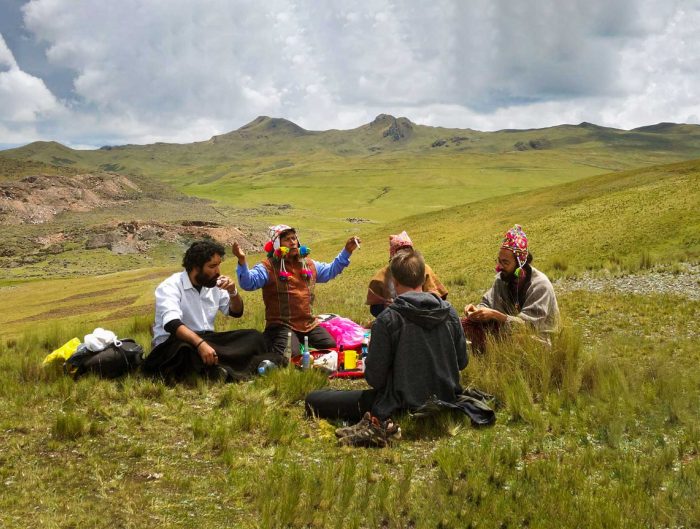
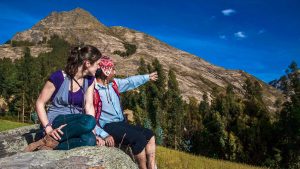

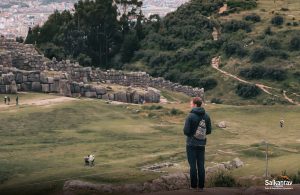
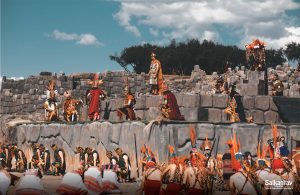
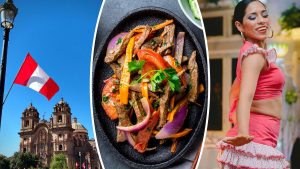
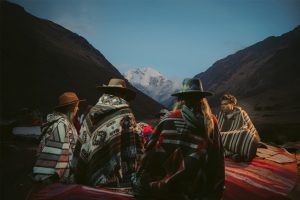


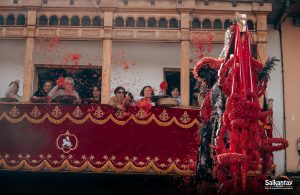
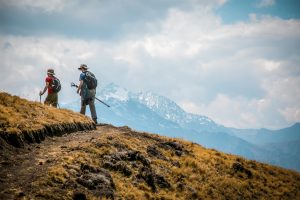
Leave A Reply